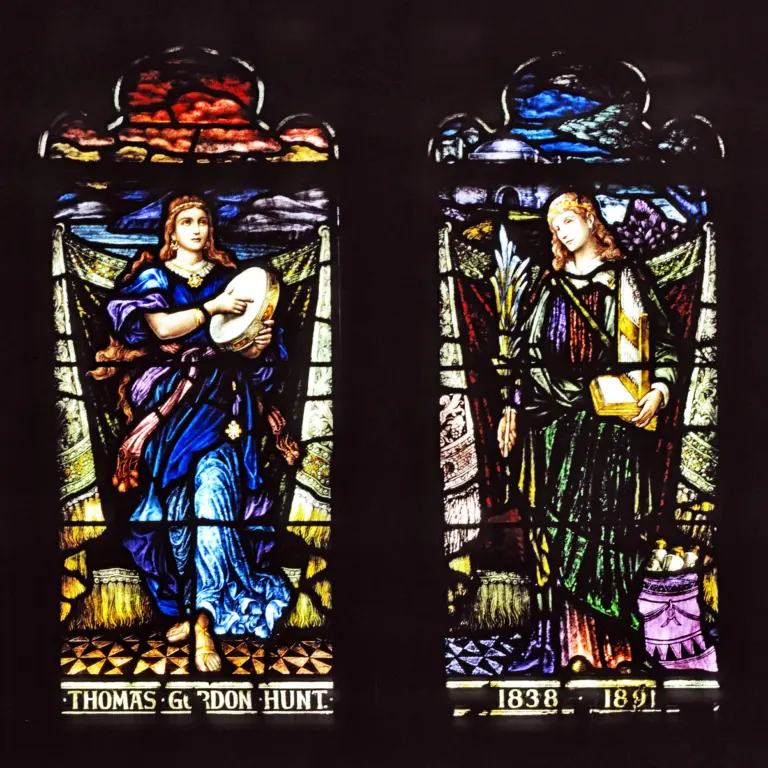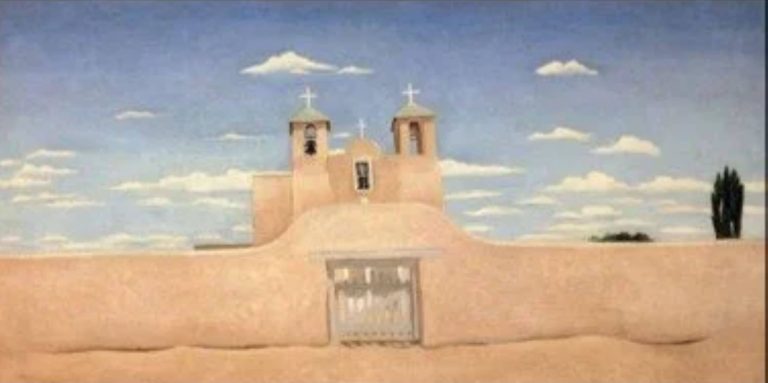By Marek Zabriskie
In the Gospel of Mark we read, “As Jesus passed along the Sea of Galilee, he saw Simon and his brother Andrew casting a net into the sea—for they were fishermen. And Jesus said to them, ‘Follow me and I will make you fish for people.’ And immediately they left their nets and followed him” (Mark 1:16-18) They became disciples.
This coming Sunday, January 21, at 10 a.m. Christ Church Greenwich will officially launch a year-long celebration as we mark our 275th anniversary. Christ Church was founded as the Horseneck Chapel in 1749. For 275 years, we have been producing disciples for Jesus and serving as a beacon of hope.
This Sunday’s 10 a.m. worship service we be similar to what worshippers would have experienced in 1749, using the 1662 Book of Common Prayer. It will be followed by a parish-wide breakfast and the reading of a proclamation by our First Selectman Fred Camillo proclaiming January 21 “Christ Church Greenwich Day” in our town.
Throughout this year, we will explore the history of the church, which nearly 1,700 members call their spiritual home. We will deepen the understanding of our heritage, take stock of what it has taken to create our church and sustain it for nearly three centuries.
We will also dream about our future and reflect upon what we can do now to ensure that our church will be thriving 275 years from now. Very few churches in America get to celebrate a 275th anniversary. We are most fortunate.
The Horseneck Chapel, which became Christ Church, was founded in 1749. Princeton University was already three years old. The Great Awakening – an evangelical religious revival led by Jonathan Edwards and others – had been underway since the 1730s.
In 1749, the Province of Georgia overturned its ban on slavery, the English settled Halifax in Nova Scotia, and the first American repertory company was formed in Philadelphia.
The population of the Thirteen Colonies was approximately 1.5 million. Thomas Jefferson was six years old. George Washington was seventeen. King George III sat on the English throne.
In 1749, life could be short and harsh. There was a high infant mortality rate. Death could come suddenly, and medical treatment was scarce. Books were rare and reading spectacles were ever rarer.
By 1749, there were nearly 700 Congregational churches in New England, but far fewer Church of England parishes. The number of college-educated, ordained ministers had grown with the population, resulting in a constant ratio of preachers to the general population which was perhaps the lowest in the Protestant world.
Twice on Sunday and often once during the week, every minister in New England delivered sermons that lasted between one and two hours in length. During the colonial period, over five million sermons were delivered to a population that never exceeded 1.5 million.
According to Harry Stout, author of The New England Soul, the average weekly churchgoer in New England listened to about 7,000 sermons in a lifetime, totaling somewhere around 15,000 hours of concentrated listening.”
The band of intrepid believers who created Horseneck Chapel – a mission of St. John’s Church in Stamford, were farmers, merchants, blacksmiths, and tradesmen. They grew rye and corn, chopped firewood, knitted their own clothes, and built their own homes.
They had biblical first names like Abraham, Daniel, Samuel, Moses, Mary, Sarah, Anna, Ebenezer, Eli, and Ezekiel and English surnames like Jarvis, Finch, Nichols, Bedel, Butler, Reynolds, Seymour, Olmstead, Tyler, Crane, Mead, and Miller.
They had large families with as many as 13 children. Together, they arranged for the Rev. Ebenezer Dibble to ride his horse from St. John’s in Stamford on the second Sunday of each month to lead worship service for them.
The Horseneck Chapel was primarily funded by George Talbot, a wealthy and devout man from Christ Church in Rye, New York. The land was donated by Captain Israel Knapp, who was born in Greenwich and took part in the Colonial Wars. By 1748, he deeded a portion of his father’s lands. The following year, Horseneck Chapel opened for worship.
Churchgoers to the Horseneck Chapel were summoned to worship by the sound of drums rather than bells. The services began early and lasted for several hours. Parishioners who arrived on cold winter mornings may have been offered a hot potato to keep their hands warm.
The Sabbath was observed from sunset to sunset. There were no travel soccer teams or hockey practices on Sunday. No stores were open. There was only church, and in many parts of New England, it was forbidden to build a house beyond walking distance to a church as everyone was expected to worship on the Sabbath.
From 1770-1775, an open rebellion against England grew. The Rev. Dibble, who served the Horseneck Chapel, wrote, “God have Mercy upon us, if the Provinces here should throw off their connection, dependence, and subjection to the Mother Country.”
In 1775, the American Revolution began. The Church of England clergy in Connecticut voted to uphold the allegiance to the king, which they had pledged during their ordination, and they closed all Episcopal churches across Connecticut in the summer of 1776.
Our history is rich. This just scratches the surface. We invite you to join us this Sunday and to step back in time as we celebrate an important chapter of American religious freedom and history.




